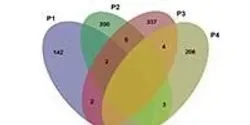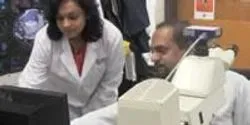human health

A team of researchers from the National University of Singapore (NUS) has developed the world’s first fluorescent sensor to identify the presence of a drug known as GHB that is commonly used to spike beverages. When the sensor is mixed with a sample of a beverage containing GHB, the mixture changes colour in less than 30 seconds, making detection of the drug fast and easy.

A waste product from making paper could yield a safer, greener alternative to the potentially harmful chemical BPA, now banned from baby bottles but still used in many plastics. Scientists made the BPA alternative from lignin, the compound that gives wood its strength, and they say it could be ready for the market within five years.

Sanitary-minded pool-goers who preach “no peeing in the pool,” despite ordinary and Olympic swimmers admitting to the practice, now have scientific evidence to back up their concern. Researchers are reporting that when mixed, urine and chlorine can form substances that can cause potential health problems. Their study appears in the American Chemical Society journal Environmental Science & Technology.

A University of Texas Southwestern Medical Center study has identified a new potential therapeutic target for controlling high blood sugar, a finding that could help the estimated 25 million Americans with type 2 diabetes.

Beer drinkers know that hops are what gives the drink its bitterness and aroma. Recently, scientists reported that the part of hops that isn’t used for making beer contains healthful antioxidants and could be used to battle cavities and gum disease

If a driver is traveling to New York City, I-95 might be their route of choice. But they could also take I-78, I-87 or any number of alternate routes. Most cancers begin similarly, with many possible routes to the same disease. A new study found evidence that assessing the route to cancer on a case-by-case basis might make more sense than basing a patient’s cancer treatment on commonly disrupted genes and pathways.

Clemson University researchers have developed nanoparticles that can deliver drugs targeting damaged arteries, a non-invasive method to fight heart disease.











